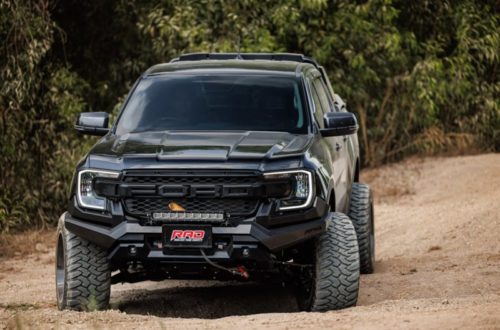How Modern Technology Is Shaping the Car-Buying Experience

Modern technology is fundamentally redefining the traditional car buying experience, offering a host of solutions that maximize convenience, efficiency, and accessibility for today’s consumer. The rapid adoption of virtual showrooms and augmented reality (AR) has liberated shoppers from the constraints of dealership hours and show floor inventories. Now, buyers can access immersive, detailed vehicle experiences from wherever they feel most comfortable—whether that’s their living room or even on the go. Major automakers and forward-thinking dealerships have adopted platforms reminiscent of Fiat’s Metaverse Store, allowing users to not only tour vehicles virtually but also tailor options, specifications, and even color trims in real-time.
Augmented reality overlays and 3D vehicle models enable buyers to examine a car’s interior and exterior features from multiple angles with precision and detail. Want to see how an SUV would look in your driveway? With AR, users point their smartphone camera at a spot, and the car appears at scale, allowing for a comparison as close to in-person as possible. These innovations eliminate much of the guesswork from car shopping, making it easier than ever to compare different models, experiment with various upgrades, and truly visualize the result without even leaving your home. As this technology continues to mature, virtual showrooms are poised to become the new industry benchmark—transforming each step of the selection process into an engaging and rewarding experience.
Artificial Intelligence in Personalized Recommendations
Artificial intelligence (AI) has become a key driver in how consumers find and evaluate vehicles. It uses data from preferences, search history, and demographics to provide personalized recommendations. AI algorithms analyze variables like budget, mileage, safety, infotainment, cargo, and usage to create tailored options. AI extends beyond narrowing choices; virtual assistants and chatbots are available 24/7 to help with questions, financing, test drives, and trade-ins, making the process faster and more transparent. AI also facilitates negotiations, reducing stress and enabling fair offers, resulting in a more customer-centric and satisfying car-buying experience.
Streamlined Financing Through Digital Platforms
Financing a vehicle has long been a challenge, involving paperwork, multiple dealership visits, and uncertainties about loans. Digital platforms now significantly enhance this process, allowing buyers to access and compare financing options online in minutes without leaving home. Starting with simple pre-approvals or online credit checks, buyers get immediate feedback to set budgets. Tools like trade-in estimators, loan calculators, and document uploads provide a clear financial overview. Many platforms allow users to see how down payments, loan durations, and APRs affect their monthly payments. As noted by Autotrader’s guide, consumers increasingly prefer to complete much of the loan and purchase paperwork online, reducing wait times and negotiation hassles. This method allows buyers to go to car dealerships with most deals already settled, boosting their bargaining power and offering peace of mind.
Enhanced Transparency and Trust
The new car-buying experience relies on transparency, which was previously hard to access. Digital tools, including reviews, ratings, price comparisons, and vehicle history reports—such as Carfax—enable buyers to research, compare, and make informed decisions. This direct access reveals details and quickly uncovers inconsistencies. Digital transformation also fosters trust through transparent pricing, blockchain-based contracts, and secure payments, thereby reducing ambiguity. AI chatbots enable real-time communication between buyers and sellers, while digital signatures and encrypted contracts streamline business processes. This gives customers confidence in their deals and ensures data security, while dealerships benefit from stronger relationships and increased loyalty.
Integration of IoT in Vehicles
The automotive industry’s integration of IoT is transforming the vehicle experience, offering continuous diagnostics, predictive maintenance, and remote control features that provide drivers with unmatched insight and convenience. For example, checking tire pressure via phone or scheduling maintenance automatically are now common benefits, making IoT a must-have for new buyers. These features influence not only ownership but also shopping, as tech-savvy buyers prefer models with IoT capabilities, such as remote start and in-car Wi-Fi. Dealerships gain a competitive advantage by highlighting these technologies. As IoT becomes more widespread, it makes vehicle ownership safer, smarter, and more interactive.
Conclusion
The influence of digital technology has completely transformed the modern car-buying experience. Technologies such as virtual showrooms, augmented reality, personalized AI recommendations, and streamlined online financing have fundamentally raised the bar for convenience, efficiency, and confidence. As connectivity and smart technology continue to expand—with IoT, digital contract management, and enhanced transparency at every stage—the process is poised to become even more seamless and rewarding. Ready to experience the new era of automotive retail? Leading dealerships are paving the way by embracing modern technology to deliver a car-buying experience tailored to the needs of today’s connected consumers.
Would you like to receive similar articles by email?





